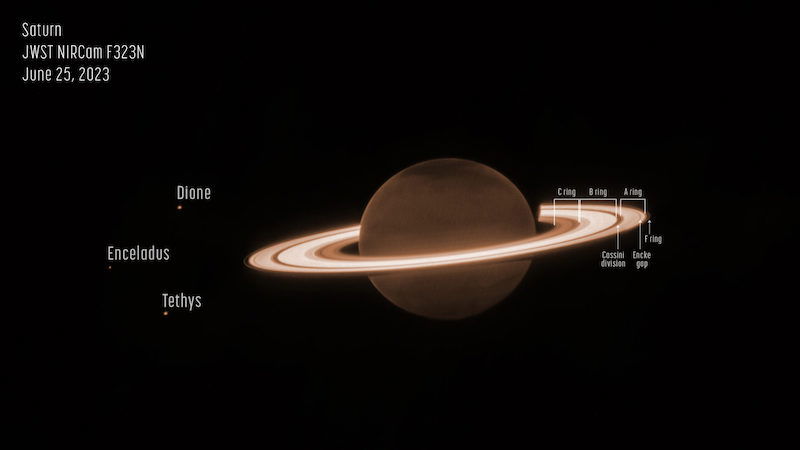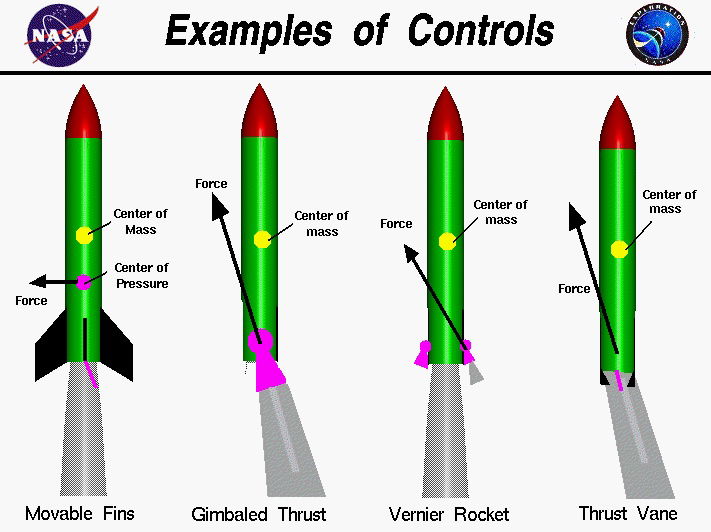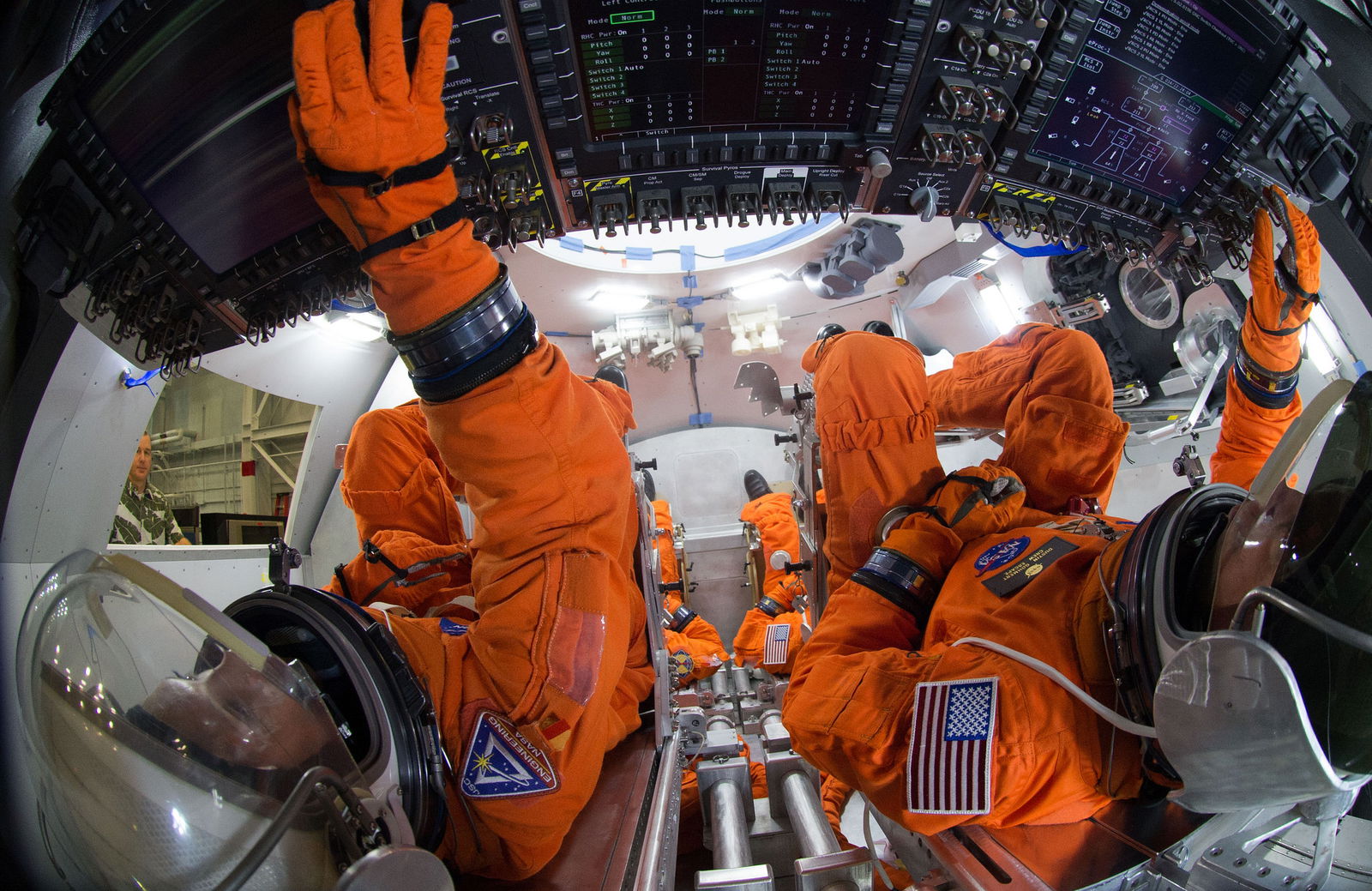Who Drives the Rocket?
NASA, Public domain
Ask a Rocket Scientist
by Rob Webb on October 6, 2023Name: Haven
Grade: 1
What is your favorite planet or star? Saturn
What is your favorite rocket? Apollo 11
Question: Who drives the rocket?
Hi, Haven, thanks for your question! I also really like the planet Saturn because of its huge, beautiful-looking rings.1 (I like to call Saturn the “Hula-Hoop champion” of our solar system!) I also like Saturn because it is the second biggest planet made by God on day four of creation week in our solar system (Jupiter is the biggest).

Image of Saturn and some of its moons, captured by the James Webb Space Telescope. Photo credit: NASA, ESA, CSA, Matthew Tiscareno (SETI Institute), Matthew Hedman (University of Idaho), Maryame El Moutamid (Cornell University), Mark Showalter (SETI Institute), Leigh Fletcher (University of Leicester), Heidi Hammel (AURA).
And it just so happens that we both have the same favorite rocket! My all-time favorite rocket is the Saturn V, which is the really tall and powerful rocket that NASA used to launch the Apollo 11 astronauts (Neil Armstrong, Buzz Aldrin, and Michael Collins) to physically touch down on the moon’s surface—for the first time in history!

Image of the Saturn V rocket launch for the Apollo 11 mission. Photo credit: NASA, Public domain, via Wikimedia Commons
Now to your question, reworded another way, do astronauts pilot (“drive”) the rocket during launch? The answer may surprise you . . . but no, astronauts do not pilot the rocket! Rocket launches are often very difficult/complex, and there are lots of important things that have to happen during the flight in order for the mission to be a success.
So, instead of the rocket being controlled by humans, it’s usually controlled by computer systems—meaning the rocket can fly all by itself! Astronauts don’t need to “drive” the rocket like they would a car because the rocket already knows how to get to space (orbit around the earth). In other words, it’s like a “self-driving” rocket that astronauts don’t have to steer because it knows where to go.2
And this is because of something called “autopilot” which guides the rocket on where it needs to go. You can think of autopilot as sort of like a “smart robot” on the rocket that can fly it up into space all on its own. It’s kind of like driving a toy car with a remote control, but instead of having to steer it using a joystick, you just press a button, and the car starts driving all by itself to where it needs to go. In the same way, rocket scientists on the ground push a “button,” and the rocket “drives” itself!
In a nutshell, when a rocket launches up into space, it has smart computer systems that “steers” it (guidance), knows where it’s at (navigation), and makes sure it stays on the right track (control). And the system (“brain”) of the rocket that makes it all work is called guidance, navigation & control (GNC).3

Photo credit: NASA, Public domain, via Wikimedia Commons
One of my old college professors would use this analogy: imagine you’re going on a treasure hunt, and you have a treasure map, a compass, and a bike. The “guidance” would be your treasure map, telling you which way to go to find the treasure. The “navigation” would be your compass, telling you your cardinal directions (which way is north) as you’re exploring. The “control” would be steering your bike, using the handlebars to turn left or right and pulling on the brakes to slow down.4

Photo by N. on Unsplash
It’s the same kind of thing with rockets! A rocket in space has a flight computer with a “map” so it can stay on the right path (guidance). Plus, it uses sensors to figure out where it is in space (navigation). And it uses little thrusters that can turn or slow it down (control).
But even though these systems are doing all the work, astronauts still have very important jobs! They have to make sure everything inside the rocket is working safely and properly. They also talk a lot with mission control (the rocket scientists on the ground) who help them with directions and make sure the mission goes well. You can imagine the rocket is like a big ship that’s steering itself, and the astronauts are the helpful sailors, making sure it sails smoothly across the sea, and that it stays on course.

Image of spacesuit engineers inside the Orion spacecraft, using a mockup of the vehicle at Johnson Space Center. Photo credit: NASA, Public domain.
In the end, as you probably guessed, this process of making “self-driving” rockets definitely involves a lot of math and physics—which, of course, can be tough to understand. (Unless you’re a math nerd, like me, then it’s easy!) But ultimately, it reminds me that all of us are made in the image of a logical, creative God. And so, God has given us amazing creative minds that can make/design awesome rockets—like the powerful Saturn V rocket!
So God created man in his own image, in the image of God he created him; male and female he created them. (Genesis 1:27)
And most importantly, the same God who gave us brilliant minds to develop big rockets and spaceships also provides salvation for us—through the life, death, burial, and resurrection of our Lord Jesus Christ—so that we can live with God forever!
For God so loved the world, that he gave his only Son, that whoever believes in him should not perish but have eternal life. (John 3:16)
Ask Your Question
Ask a parent to help you submit your space-related question to Rob Webb today! Don't forget to check back next week to see if your question was chosen!
Footnotes
- Although Saturn’s rings look nice and “smooth” from here on the earth, they’re actually made up of lots of clumpy things like big chunks of ice and rocks.
- Note, there are exceptions, such as in the case of experimental/test flights where astronauts are directly involved with controlling the rocket. But in general, rocket launches are highly automated (“driving” themselves) and closely watched by engineers on the ground (who ensure that the rocket is “healthy” and on target during flight).
- As a side note, my primary job in the space industry for about 10 years was designing the GNC systems for various rocket and spacecraft programs—which (in my opinion) is the best, most fun, department to work in!
- Another (more modern) example would be like using a GPS program (like Google Maps or Waze) on your cell phone to get to a certain destination like a movie theater from your house. Once you leave the house and start driving, your cell phone automatically gives you step-by-step directions (like turn left on this road, turn right on that road, and so on), and that’s how you know where to go. It’s the same sort of idea with rockets! (Except the rocket’s flight computer systems have to make adjustments at a much faster rate!)
- © 2024 Answers in Genesis
- Privacy Policy
- Contact
- About
